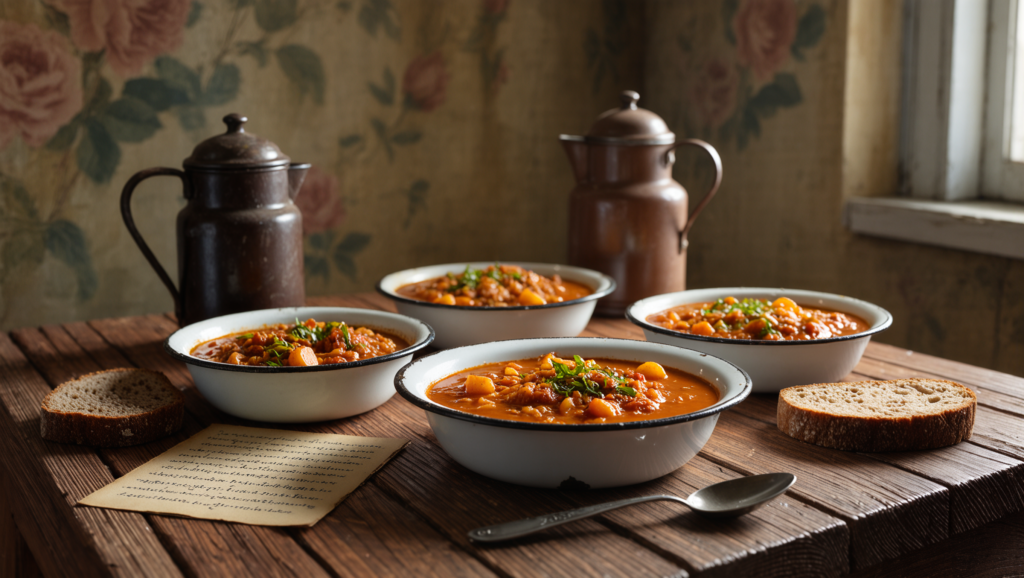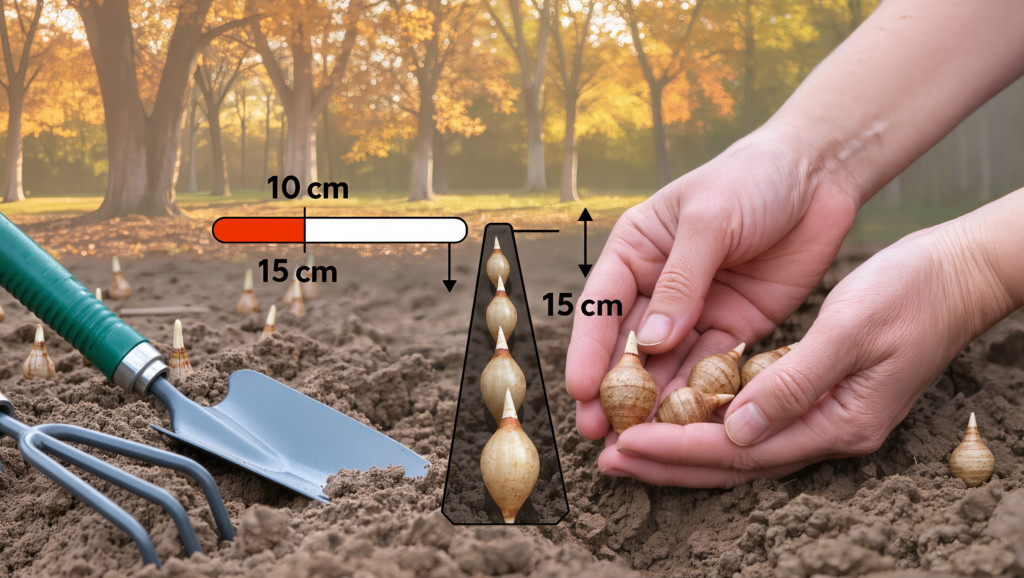Today’s “health food” scene is awash with superfood salads, protein powders, and ultra-processed convenience meals. But during World War II, food scarcity, government rationing, and community innovation led to simple, nutrient-dense meals that, by many measures, were healthier and more balanced than most of what’s on our plates today. It might sound shocking, but the lost foods of WWII—rooted in necessity rather than trend—were crafted to maximize nutrition, minimize waste, and keep populations functioning at peak health against all odds.
Let’s travel back in time to understand the science, recipes, and lessons behind wartime food, comparing its nutritional power with typical modern diets. You might just find yourself reaching for the Victory Garden spade after reading.
The Nutritional Science Behind WWII Meals
Rationing: Forced Balance, Unexpected Benefits
As bombs fell and supply lines snapped, the British and many other nations faced national rationing. But rationing didn’t just restrict calories; it enforced a healthier composition for all citizens. Records show that British dietary rationing improved overall public health—it lowered rates of heart disease and diabetes, cut consumption of sugars and saturated fats, and pushed most people to eat more vegetables, whole grains, and potato-based dishes than ever before.
Instead of today’s emphasis on meats, dairy, added fats and processed sugars, WWII meals focused on:
- Unrationed vegetables and bread (especially whole wheat).
- Smaller amounts of meat and animal fat (meat was precious, often stretched with plant proteins or root vegetables).
- Minimal sugar (confectionary was rare, desserts basic, and fruit often came from local gardens or wild foraging).
- Calorie requirements matched real labor: Wartime rations sat around 3,000 calories/day for adults engaged in manual work—up to 1,000 more than modern recommendations, yet heart health improved.
The Victory Garden Diet: Growing Your Way to Survival
Governments encouraged families to grow their own food in home plots—Victory Gardens. These gardens became a vital source of vitamins and minerals, packing local diets with:
- Root vegetables (potatoes, carrots, parsnips, turnips)
- Cabbage, kale, and other leafy greens
- Beans and legumes
- Seasonal fruits (blackberries, apples, currants)
Vegetables and whole grains were left unrationed, meaning families could maintain energy and health by eating more plant-based foods than most people do today.
Examples of Lost WWII Meals—Better Than Today’s Ultra-Processed Diets
1. Woolton Pie (UK)
A hearty, meatless casserole of assorted root vegetables, thickened with oatmeal, flavored with onions and herbs, and topped with a whole wheat crust. It was designed to deliver maximum nutrition with minimum rationed foods. Modern scientists now understand that such combinations of slow-digesting carbs and fiber keep blood sugar stable, fuel endurance, and feed beneficial gut bacteria.
2. Potato Pancakes (Germany)
Mainly potatoes, a little flour, grated onion, and sometimes egg. The high potassium and vitamin C content protected against deficiency illnesses, while the fiber and resistant starch promoted healthy digestion. Compare this to modern snack food: far less trans fat, sugar, and additives.
3. Meatloaf with Vegetable Fillers (US & UK)
Small portions of beef (often tinned or corned) stretched with breadcrumbs, carrots, onions, beans, or lentils. The emphasis was on plant-based protein and prebiotic fiber—what nutritionists now recommend for heart and metabolic health.
4. Squash Casserole & Stuffed Peppers
Creative uses of garden produce: squash or bell peppers filled with rice, beans, and whatever protein was available, then baked. The combination ensured high micronutrient intake and minimized food waste.youtube
5. Bread and Drippings
Wartime bakers produced bread from flour with 85% grain extraction rather than modern white flour (70–72%). This higher-fiber bread was loaded with B vitamins, essential minerals, and slow-release carbs.
6. School and Factory Meals
Special school meals provided milk, cod liver oil, and vegetables to children. Expectant mothers and laborers received extra rations of fortified foods (margarine with vitamins, bread with added calcium). These specific policies were grounded in government-funded nutritional science—and they worked, ensuring even vulnerable groups got the nutrients they needed to thrive.
Key Nutritional Differences: WWII vs. Today’s Meals
| Feature | WWII Ration Diet | Modern Diet |
|---|---|---|
| Veg/Whole Grains | 5–10 servings/day | 2–3 servings/day |
| Meat | 1–2 oz/day | 4–6 oz/day |
| Sugar | <20g/day | 70–100g/day |
| Fiber | >30g/day | 10–15g/day |
| Added Fats | 0.5–1 oz/day | >2 oz/day |
| Processed Foods | Rare/minimal | 50–80% of diet |
| Fortified Foods | Bread, margarine | Breakfast cereals, snacks |
The result? Lower rates of obesity, diabetes, cardiovascular disease, and food allergies.
Lessons from Wartime Nutrition—Still Useful Today
1. Forced Simplicity = Nutrient Density
Wartime recipes relied on whole ingredients—vegetables, grains, and small amounts of meat—making every dish high-fiber, protein-rich, and naturally rich in vitamins and minerals.
2. Minimizing Sugar and Fat
Modern processed meals often contain excessive hidden sugars, refined oils, and additives designed for taste over health. Wartime diets minimized these due to scarcity: the plain flavor encouraged families to seek satisfaction in nutrition, not just calories.
3. Stretching Protein
Recipes creatively combined small amounts of animal protein with legumes, root vegetables, and grains for complete meals. This “stretching” is now celebrated by dietitians worldwide as the key to lower environmental impact and better health.
4. Local and Seasonal Eating
Victory Gardens and local foraging taught people to eat with the seasons, maximizing nutrition and minimizing waste—a tradition being quickly lost in globalized food systems.
Forgotten Recipes Worth Reviving
Today, many of these lost recipes can be brought into the modern kitchen—for better health at a lower cost:
- Woolton Pie: Use a mix of root vegetables, herbs, and oatmeal under a whole grain crust.
- Lentil and Vegetable Stews: Similar to the Cheese and Lentil Savoury from WWI—cheap, filling, and loaded with plant protein.
- Bread and Fruit Puddings: Avoid pastries and cookies; choose higher-fiber fruit desserts with whole grain bread.
- Homemade Vegetable Patties: Shred potatoes, carrots, and onions; bind with oats and a touch of flour; pan-fry for a healthy alternative to processed nuggets.
Why Were WWII Meals So Nutritious?
- Government nutritionists, not advertisers, designed the daily rations.
- Population-wide nutrition was the goal, not profit.
- Nutritional research drove policy; food fortification (calcium in bread, vitamins in margarine) was an innovation still used today.
Final Thought: The WWII Diet—A Template for Modern Health
The lost foods of WWII weren’t gourmet, but they were scientifically balanced, plant-rich, and nutritionally complete. They relied on maximizing nutritional value per bite and minimizing waste—a philosophy that modern food systems too often ignore.
If you want more energy, better digestion, and improved immunity (with a side of food security), dust off those wartime recipes, plant a Victory Garden, and let history feed you.








